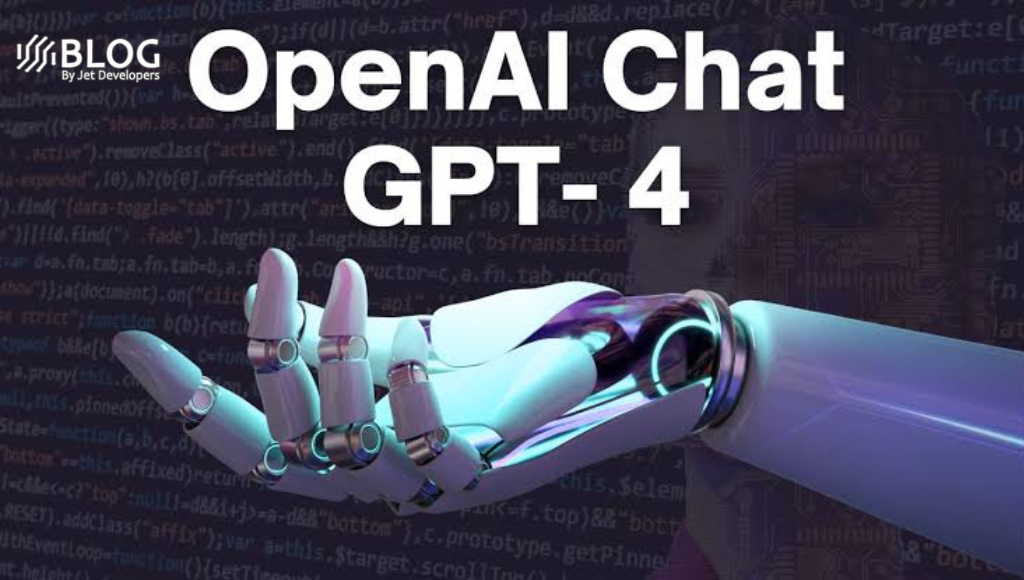AI is a broad field encompassing a range of technologies, including machine learning, natural language processing, computer vision, and robotics. As with other areas of software development, programming is a necessary component of developing artificial intelligence (AI) systems, and choosing the right language to learn can help you get started in this quickly growing field.
Programming is the process of designing, writing, testing, and maintaining code that instructs a computer or machine to perform a specific task. In the context of AI, programming involves creating algorithms that enable machines to learn, reason, and make human-like decisions. In the ever-evolving world of artificial intelligence, staying ahead of the game is crucial for any developer wanting to utilize the power of AI.
The choice of programming language can affect an AI system’s performance, efficiency, and accuracy. With the right language, developers can efficiently design, implement, and optimize AI algorithms and models. This way, they can contribute to the rapid advancement of this groundbreaking technology.
Consequently, choosing the most efficient programming language is essential for cultivating an effective AI development process. But where does one start? The answer lies in selecting the right programming language that meets the specific needs of AI development.
5 of the top programming languages for AI development
Here, we will dive into five of the top programming languages that have proven indispensable tools in the AI developer’s arsenal. This comprehensive guide will provide valuable insights to help set you on the path to AI mastery. The programming languages that made it to the list are all easy to learn, read, and deploy; however, this list is not exhaustive, and there are a number of other languages, such as LISP, Prolog, and RUST that are also commonly used in AI programming.
Python
The first language on our list is Python. This general-purpose language has been around since 1991. Data scientists often use it because it’s easy to learn and offers flexibility, intuitive design, and versatility. One of the primary reasons for its popularity is its readability, which makes it easy for developers to write and understand code. Python is also an interpreted language, meaning it doesn’t need to be compiled before running, saving time and effort.
Python offers several advantages for AI development, including:
- Easy to learn: Python has a simple and intuitive syntax that’s easy to learn, making it an ideal language for beginners.
- Large community: Python has a vast community of developers who constantly contribute to its development, creating new libraries and tools that make it even more efficient for AI development.
- Wide range of libraries: Python has a vast library of pre-built modules and packages that can be used for AI development, such as NumPy, SciPy, Pandas, and TensorFlow.
- Interpreted language: Python is an interpreted language, meaning it doesn’t need to be compiled before running, saving time and effort.
- Platform-independent: Python can run on different platforms, such as Windows, Linux, and macOS, making it easier for developers to work on different machines.
Popular Python libraries for AI development include TensorFlow, PyTorch, Scikit-learn, and Keras. These libraries provide tools for machine learning, deep learning, natural language processing, and computer vision, making it easier for developers to build complex AI systems.
R
R is a computer language often used for analyzing data and building artificial intelligence models. It is helpful because it has many built-in functions and tools that make it easier to work with data and create AI models.
Some advantages of using R include:
- Lots of statistical tools: R is made for statistics and has many built-in tools for working with data and creating graphics.
- Many packages: R has an extensive library of packages made by its community, which helps developers use the latest methods easily.
- Visuals: R makes it easy to create beautiful, customizable visuals for complex data.
- Open-source and free: R is open-source and free to use so that anyone can access it.
- Active community: R has a large community that provides resources, like guides and forums, to help developers learn and solve problems.
Some popular tools in R for AI development include packages like Caret, TensorFlow, and randomForest. These packages help developers build predictive models and train deep learning algorithms.
Java
Next up is Java. Java is a general-purpose programming language widely used in building AI applications. Its strengths lie in its ability to handle large-scale projects, platform independence, and strong memory management. Here are some reasons why Java is useful for AI development:
- Platform independence: Java code can run on multiple operating systems, making it a universal language for AI development that can be used across different devices and platforms.
- Large developer community: Java has a large community of developers who contribute to developing new tools and libraries for AI development.
- Object-oriented programming: Java’s object-oriented programming features can make it easier to write modular, reusable, and scalable code. This is especially useful for building complex AI applications.
Java for AI development is an excellent choice for building artificial intelligence applications due to its many advantages. One of the main advantages is that Java is a widely used language, meaning many developers are already familiar with it. This makes it easier to find talent and build teams for AI projects.
Additionally, Java is known for its speed and performance. This is essential for processing large amounts of data in AI applications. Another advantage of Java is its ability to integrate with other programming languages and tools, making it easier to combine AI models with other systems and applications.
Some popular Java libraries for AI development include:
- Deeplearning4j: This is a deep learning library designed to run on the Java Virtual Machine (JVM). It includes support for a range of deep learning algorithms, such as convolutional neural networks and recurrent neural networks.
- Weka: This is a collection of machine-learning algorithms for data mining tasks. It includes tools for data pre-processing, classification, clustering, and regression.
- Apache Mahout: This machine-learning library includes algorithms for clustering, classification, and collaborative filtering. It can be used to build scalable machine-learning applications that run on Apache Hadoop.
These libraries provide tools for machine learning, deep learning, and data mining, making it easier for developers to build complex AI systems.
C++
C++ is another high-performance programming language well-suited for building AI applications that require speed and efficiency. Its strengths lie in the following:
- Its ability to handle low-level programming
- Its memory management
- Its ability to compile machine code
One of the most significant advantages of using C++ for AI development is its speed. It’s one of the fastest programming languages available, making it great for AI applications that require real-time processing. Additionally, C++ is a cross-platform language, meaning that code can be compiled for different operating systems, making it versatile for AI development.
There are also several popular C++ libraries for AI development. They include:
- TensorFlow: TensorFlow is an open-source machine learning library developed by Google that supports C++ and is widely used for building neural networks and other AI applications.
- Caffe: Caffe is a deep learning framework that enables developers to create expressive and efficient AI models using C++. It is trendy for computer vision and image recognition tasks.
- Shark: Shark is a versatile C++ library for machine learning, providing algorithms for linear and nonlinear optimization, kernel-based learning, and neural networks.
- Dlib: Dlib is a modern C++ toolkit containing machine learning algorithms and tools for creating complex software, including support for graphical model inference and deep learning.
- mlpack: mlpack is a scalable C++ machine learning library that provides a wide range of machine learning algorithms, including clustering, classification, and regression techniques.
Julia
Last on our list is Julia. It is a newer programming language that has recently gained popularity in AI development. It’s a high-level language that combines the productivity of Python with the performance of C++, making it an excellent option for developers working on AI applications.
One of the most significant advantages of using Julia for AI development is its speed. It has a (JIT) compiler that allows it to run code as fast as C++. Its ability to easily call C and Fortran code means it can easily use the many high-quality, mature libraries for numerical computing already written in C and Fortran. This helps Julia achieve high levels of performance while still being easy to use. Julia is also highly interoperable, meaning it can integrate with other programming languages and libraries easily.
Julia also has built-in support for parallel computing, which is vital for AI applications that process large amounts of data in real time. It’s also designed for scalability, making it well-suited for processing large datasets across multiple machines.
Some popular Julia packages for AI development include Flux.jl, a package for building and training neural networks; MLJ.jl, a package for building and evaluating machine learning models; and Gen.jl, a probabilistic programming language for building and training generative models.
Conclusion
To sum up, five of the top programming languages for AI development are Python, R, Java, C++, and Julia, with each language offering unique advantages for building AI applications. This is just the tip of the iceberg, as there are many languages commonly used in AI programming which you may like to explore.






